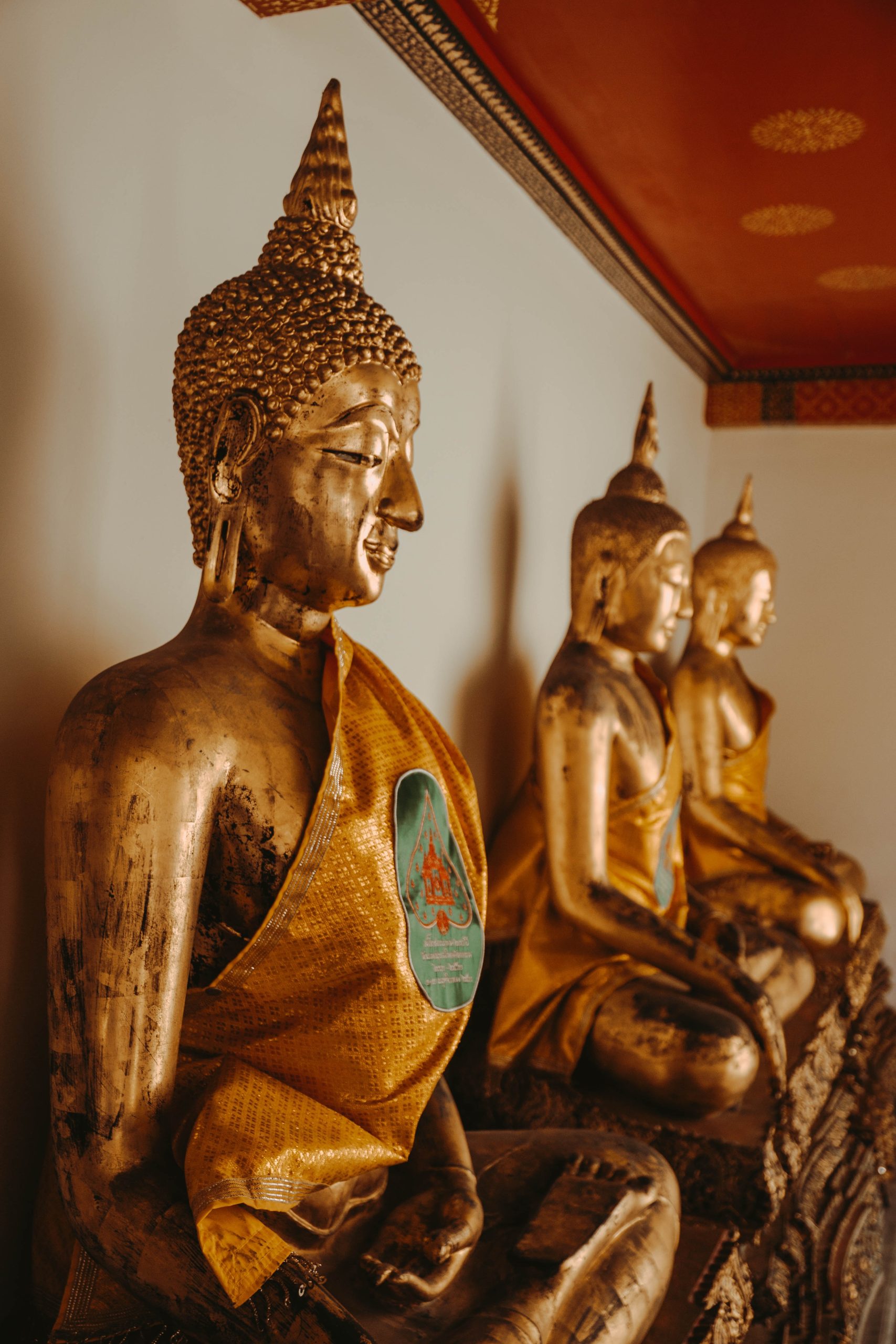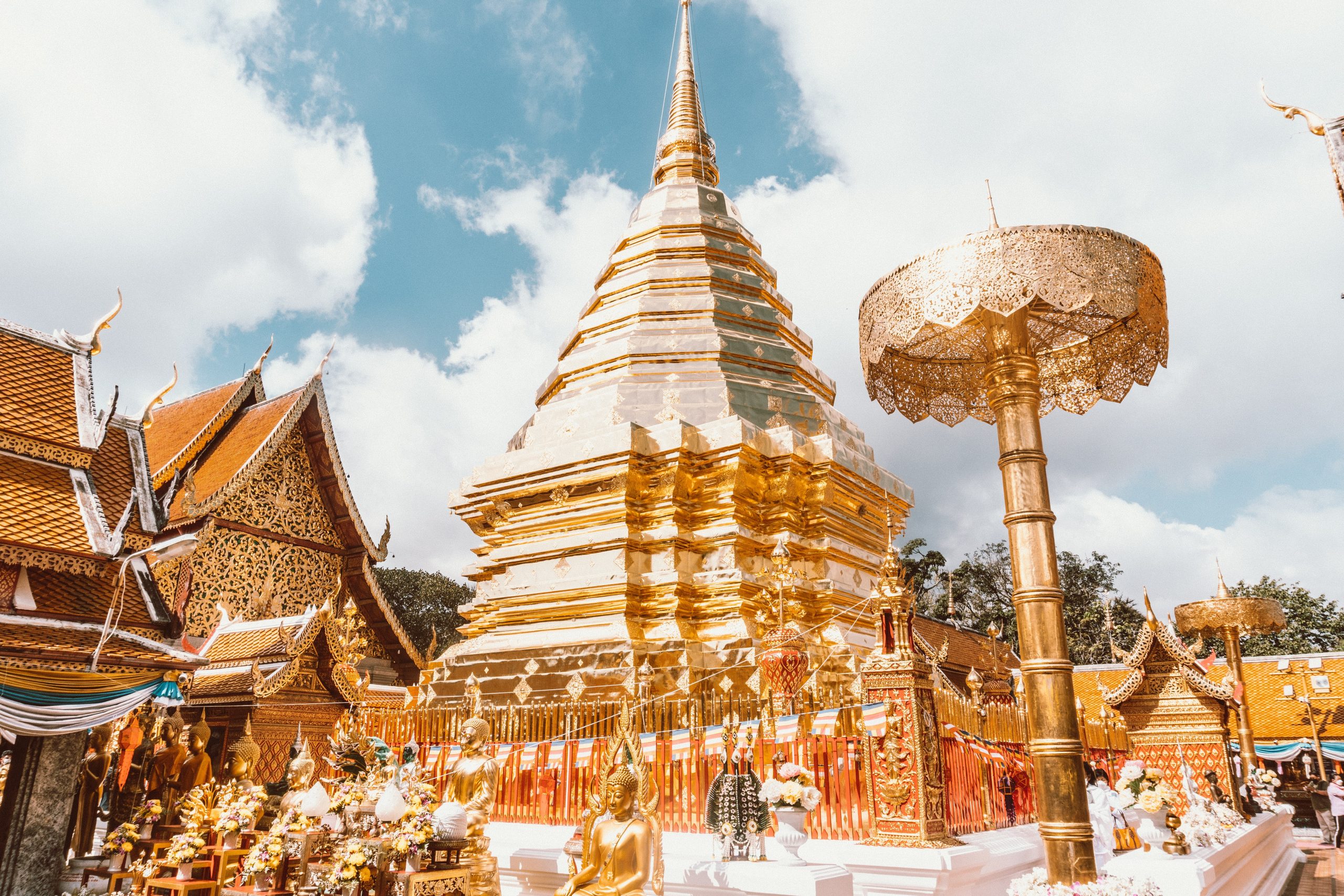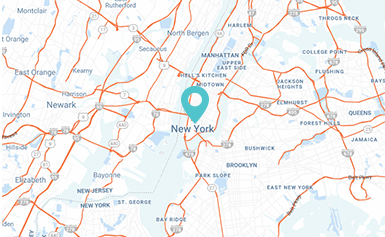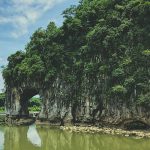Serenity of Thai Buddhism: A Journey to Buddhist Temples and Wat Pho
Thailand, known as the “Land of Smiles,” is a country rich in culture, history, and spirituality. It’s a place where ancient traditions seamlessly blend with modern life. In this travel blog, Green Sun Travel will embark on a spiritual journey through the heart of Bangkok, visiting the renowned Buddhist temples and Wat Pho that offer a glimpse into the soul of Thai Buddhism.
Overview of Buddhist Temples and Wat Pho
Buddhist temples, or “wats” as they are known in Thailand, are sacred places of worship and reflection in the Buddhist tradition. Wat Pho, officially Wat Phra Chetuphon Vimolmangklararm Rajwaramahaviharn, is one of the most renowned and revered temples in Bangkok, Thailand, and an iconic symbol of the country’s rich cultural and spiritual heritage.
Buddhist Temples (Wats):
- Spiritual Centers: Buddhist temples serve as spiritual centers where Buddhists come to meditate, pray, and participate in religious ceremonies. They are places of contemplation and reflection, fostering a sense of inner peace and enlightenment.
- Architecture: The architectural style of Buddhist temples varies across regions and countries, but they often feature ornate decorations, intricate carvings, golden spires (stupas), and statues of the Buddha. The design and layout of the temples are intended to represent Buddhist cosmology and ideals.
- Symbolism: Each element within a Buddhist temple carries deep symbolic meaning. For example, the lotus flower symbolizes purity and enlightenment, while the Buddha statues and images represent the Buddha’s teachings and his path to enlightenment.
- Activities: Visitors to Buddhist temples can engage in activities such as making offerings, lighting incense, circumambulating (walking around sacred structures), and participating in guided meditation sessions. Many temples also host religious festivals and events throughout the year.
Wat Pho:

- Location: Wat Pho is situated in the heart of Bangkok, near the Grand Palace, and is one of the city’s oldest and most important temples.
- Reclining Buddha: The temple is famous for housing the Reclining Buddha, a 46-meter-long and 15-meter-high gold-plated statue of the Buddha in a reclining posture. The Reclining Buddha is a significant attraction and symbolizes the Buddha’s entry into Nirvana.
- Historical Significance: Wat Pho dates back to the 16th century and is renowned for its historical and architectural significance. It is one of the six temples in Thailand associated with the highest-ranking temples in the country.
- Thai Massage School: In addition to its religious importance, Wat Pho is also home to a renowned Thai traditional massage school, where visitors can learn the art of Thai massage. The temple’s association with healing and well-being adds to its cultural relevance.
- Meditative Ambiance: Wat Pho offers a serene and meditative ambiance, with beautifully landscaped courtyards, intricate murals, and numerous smaller chapels and shrines. Visitors often come to reflect and meditate in this peaceful setting.
In summary, Buddhist temples are not only places of worship but also centers of culture and spirituality. Wat Pho, with its impressive Reclining Buddha and historical significance, is a prime example of how these temples serve as cultural and spiritual treasures, inviting visitors to explore the depths of Buddhist philosophy and find inner peace and enlightenment.
Visit Buddhist temples and Wat Pho
Day 1: Arrival in Bangkok
Our Buddhist temples and Wat Pho journey begins with a flight to Suvarnabhumi Airport, the gateway to Thailand. After checking into a cozy guesthouse or a luxury hotel, we set out to explore the bustling streets of Bangkok, a city where urban life harmoniously coexists with spiritual sanctuaries.
Day 2: Wat Pho – The Temple of the Reclining Buddha
Our first destination is Wat Pho, also known as Wat Phra Chetuphon Vimolmangklararm Rajwaramahaviharn. This ancient temple, dating back to the 16th century, is home to the awe-inspiring Reclining Buddha, a 46-meter-long gold-plated statue. The atmosphere here is serene and spiritual, making it a perfect place for meditation and reflection. Don’t forget to explore the intricately decorated courtyards, vibrant pagodas, and lush gardens within the temple complex.
Day 3: Wat Arun – The Temple of Dawn
As the sun rises over the Chao Phraya River, we make our way to Wat Arun, the Temple of Dawn. This iconic temple, adorned with porcelain and seashells, is a symbol of enlightenment and renewal. You can climb the steep steps to the central prang for panoramic views of the river and the city. Wat Arun’s serene beauty at dawn is a memory that will stay with you forever.
Day 4: Wat Saket – The Golden Mount
Our next stop in the Buddhist temples and Wat Pho journey is Wat Saket, also known as the Golden Mount. This temple sits atop an artificial hill, offering a panoramic view of the sprawling city below. The climb is both a spiritual and physical journey, as you ascend 318 steps while turning prayer wheels. The peaceful courtyard and the stunning stupa at the summit make it a perfect spot for quiet contemplation.
Day 5: Wat Benchamabophit – The Marble Temple
We venture to Wat Benchamabophit, a tranquil oasis in the midst of bustling Bangkok. This temple, constructed entirely of white Italian marble, is a harmonious blend of Thai and European architectural styles. The quiet reflection pools and meticulously kept gardens provide a soothing atmosphere for meditation.
Day 6: Wat Traimit – The Temple of the Golden Buddha

Our final temple visit takes us to Wat Traimit, the home of the Golden Buddha, the largest solid gold statue in the world, weighing an astounding 5.5 tons. This sacred site is a symbol of inner beauty and enlightenment. Take a moment to marvel at the intricacies of the statue and reflect on the wisdom it represents.
Conclusion
Buddhist temples, often referred to as “wats,” are the spiritual and cultural anchors of Buddhist communities around the world. They represent a sanctuary where the pursuit of inner peace, enlightenment, and the teachings of the Buddha are woven into the very fabric of their architecture and rituals. The deep symbolism and tranquil ambiance of these temples provide a unique opportunity for both devout Buddhists and curious travelers to explore the essence of Buddhism.
Wat Pho, an iconic temple located in the heart of Bangkok, stands as a shining example of this sacred tradition. Home to the magnificent Reclining Buddha and dating back to the 16th century, Wat Pho combines historical significance, architectural beauty, and a serene environment. Its role in preserving and promoting traditional Thai massage further underlines the temple’s multifaceted significance in Thai culture.
Visiting Buddhist temples and Wat Pho is not just a sightseeing experience; it’s a spiritual and cultural journey that allows us to glimpse the core beliefs and practices of Buddhism. As we return from these serene sanctuaries to the bustling world outside, we carry with us the wisdom and tranquility that these temples impart, reminding us of the importance of inner peace and mindfulness in our own lives.







